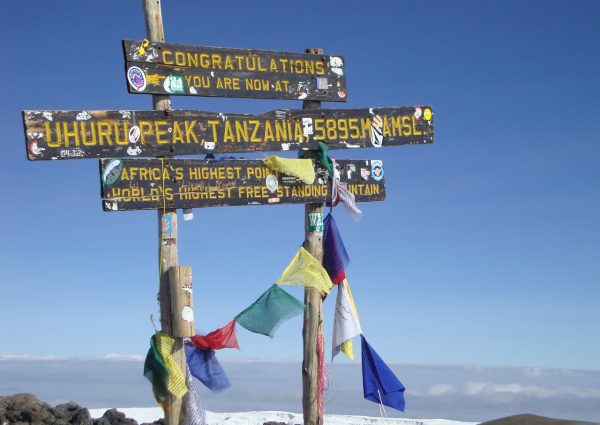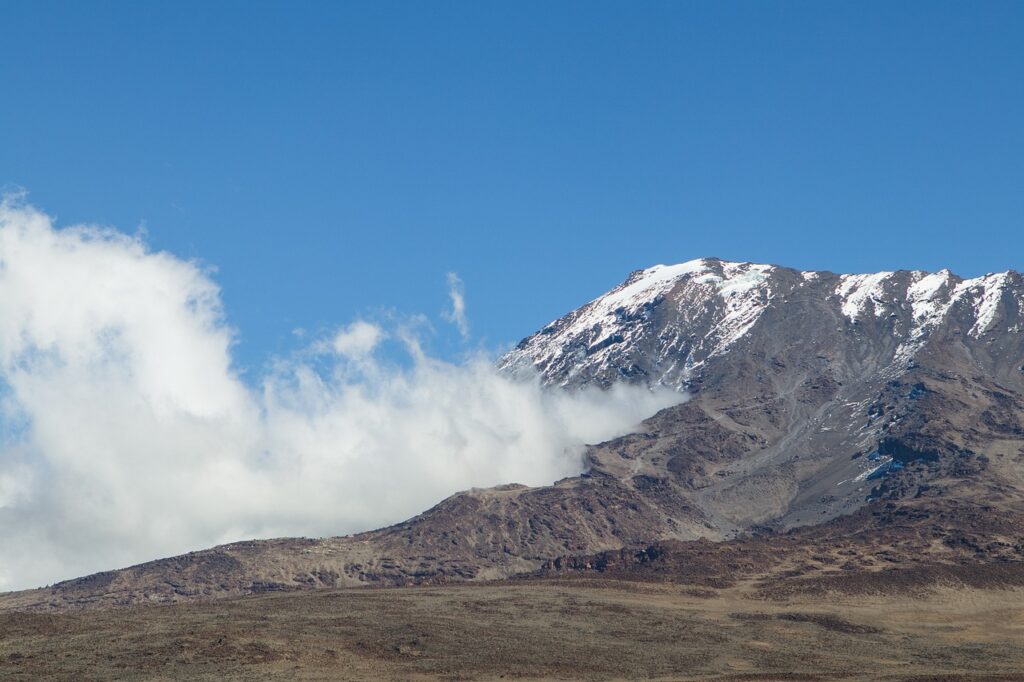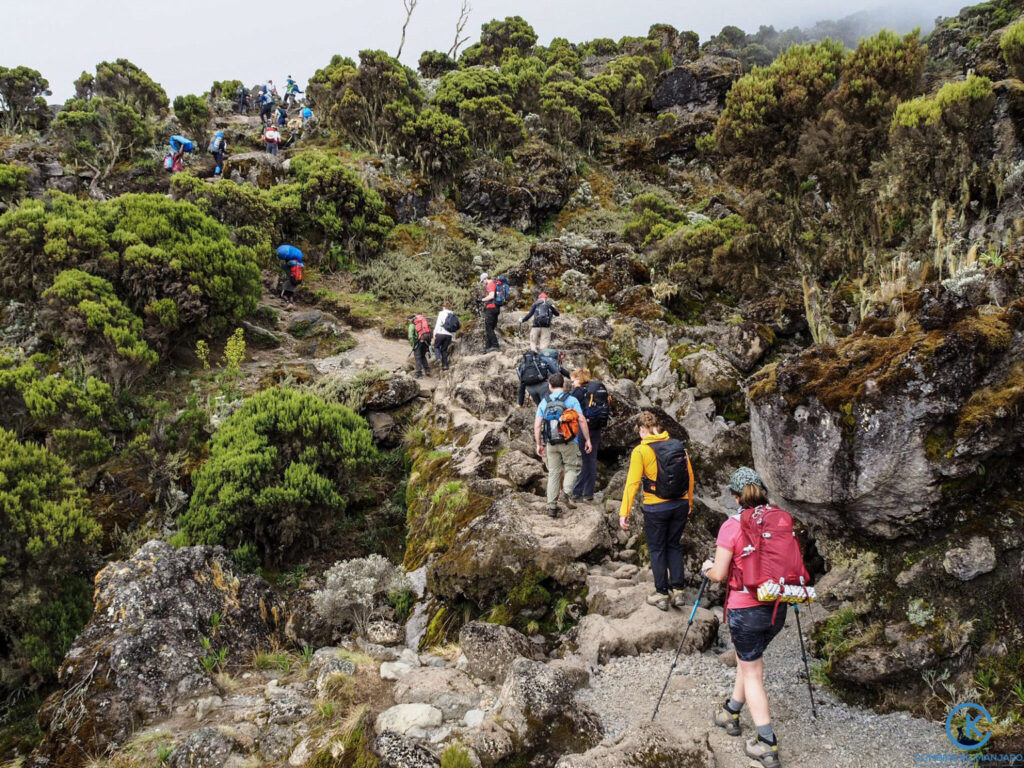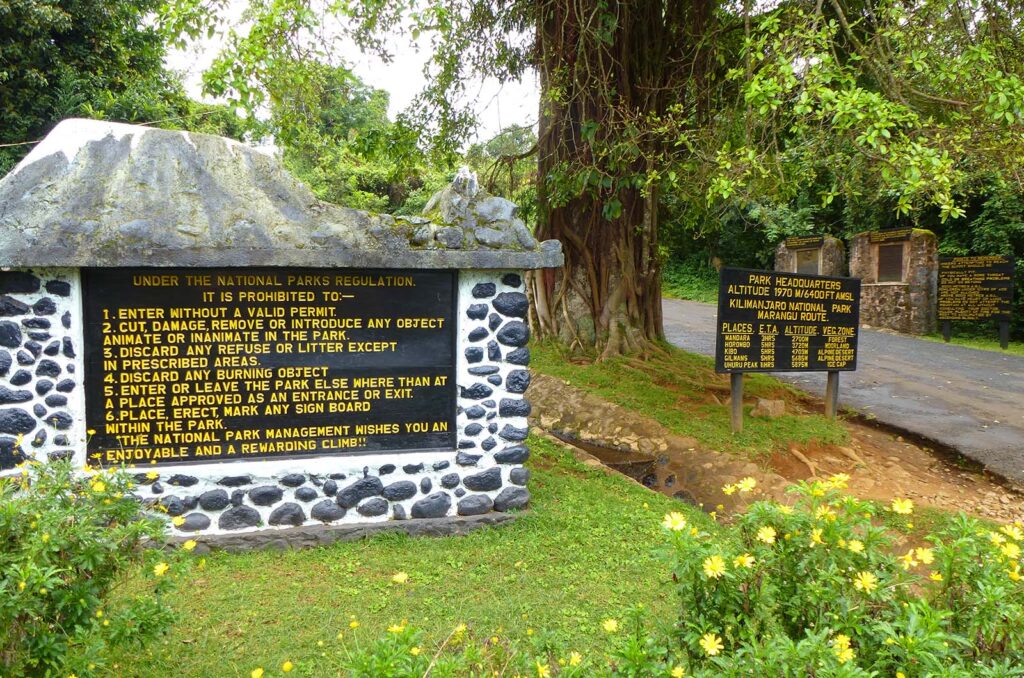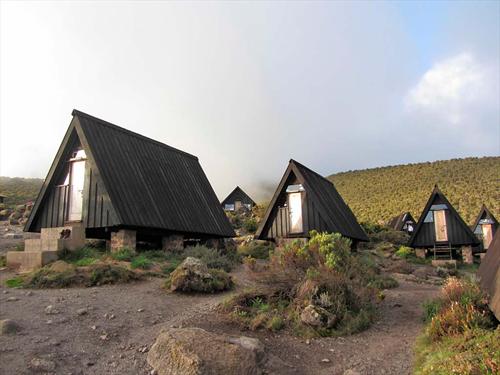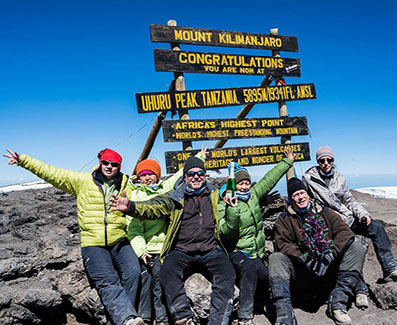3 Days Short Kilimanjaro Climbing Marangu Route
3 Days Short Kilimanjaro Climbing Marangu Route
On this trip, you will climb on the Marangu Route with one night at Mandara Hut and towards Horombo Hut before returning to Mandara for lunch and then hiking back. You will NOT reach the summit. All short climbing are offered on a private basis, and you can start on any day of the year. The short climbing are geared for people who like to climb but reaching the summit isn’t a “must do”, and allow one to experience the excitement of hiking on the highest peak on the African continent. All climbing inside of the Tanzania National Park require the services of a certified Kilimanjaro guide, and the Marangu route is the only route where short climbing are allowed. For an overnight climb you will stay at the park huts.
Detailed Itinerary
Welcome to Tanzania: Meet and greet at arrival point(usually at Kilimanjaro International Airport ,JRO) by our transfer and representative driver from Nduwa Tours who will escort you to the waiting vehicle for loading your luggage then drive you to the Hotel in Arusha town. You will meet our representative who will show up at the Airport with a sign board with your name and a warm smile on his/her face when welcoming you to Tanzania. After checking in at the hotel you will get a briefing about your next day’s 9 Days Lemosho Route without Crater Camping then your mountain guide will check/inspect your climbing gears. The rest of the day can be spent relaxing at the pool or exploring the town of Arusha.
Accommodation: Mid-Range Hotel in Arusha on Bed & Breakfast Basis
After breakfast and briefing, drive to the Kilimanjaro National Park Gate (about 1 hour), register and commence the climb. Walk through the rainforest to the Mandara encampment. A side trip to Maundi Crater is a good way to see the surroundings including Northern Tanzania and Kenya. In the rainforest, look for towering Eucalyptus trees, bird life, and Colobus monkeys.
- Elevation: 1860m/6100ft to 2700m/8875ft
- Distance: 8km/5mi
- Hiking Time: 3-4 hours
- Habitat: Montane Forest
Meals included: Lunch, Dinner
Accommodations: Horombo Hut
You leave the glades of the rainforest and follow an ascending path on the open moorlands to the Horombo encampment. Views of Mawenzi and the summit of Kibo are amazing. Look for giant lobelias and grounsels. You may begin to feel the effects of the altitude.
- Elevation: 2700m/8875ft to 3700m/12,200ft
- Distance: 12km/7.5mi
- Hiking Time: 5-6 hours
- Habitat: Heathland
Meals included: Breakfast,Lunch, Dinner
Accommodations: Mandara Hut
After breakfast, a steady descent takes us down through moorland to the Mandara Hut. Continue descending through lush forest path to the National Park gate at Marangu. At lower elevations, it can be wet and muddy. Gaiters and climbing poles will help. Shorts and t-shirts will probably be plenty to wear (keep rain gear and warmer clothing handy). A vehicle will meet you at Marangu village to drive you back to your hotel in Arusha.
- Elevation: 3700m/12,200ft to 1700m/5500ft
- Distance: 20km/12.5mi
- Hiking Time: 4-5 hours
- Habitat: Forest
The day is left free to wind down after the trek before your flight home. Depending on flight times you could go and explore Arusha town and grab some souvenirs before heading to the airport.
Price includes:
- All accommodations per itinerary
- All meals per itinerary (B=Breakfast, L=Lunch, D=Dinner)
- All tours and entrance fees per itinerary (unless listed as excluded)
- All transportation and transfers per itinerary
- National Park gate fees
- Transport from Arusha to starting point on mountain and return to Arusha
- Hut fees
- Certified, experienced, English-speaking guides for all routes
- Salaries for all crew members
- Rescue fees (as required by national park)
Price include
- Tanzania Visa
- Tips and gratuities (Guides, Potter & Cooks)
- Travel insurance
- Personal Expenses (e.g. laundry, telephone, beverages, etc.)
- Meals not listed in the itinerary
- Liquors, beers and bottled beverages
- Safari after Climbing
Mount Kilimanjaro Climbing Frequently Asked Questions
Kilimanjaro is climbable all year round. The best months to clim, however, are July to October and December to February, as these are the warmest and driest months respectively.
July, August and September tend to be the busiest months on the mountain.
This is an outdoor adventure trip in the African wild. There are no showers on the mountain. Warm water will be supplied in a bowl and you will be able to wash your face and hands. For the rest you can bring wet wipes.
At each campsite, we set up a private toilet tent which contains a plastic toilet. There are also simple, hole-in-the-ground public toilets (usually very dirty and not recommended).
If you need to use the bathroom on the trail, you’ll find a spot behind a tree or rock. But you’ll need to have a little baggie for putting used toilet paper in that you then carry to camp and dispose of in a bin.
Due to the great elevation gain on a Kilimanjaro climb, you will experience all kinds of weather, from 30° C (86° F) on the plains surrounding Kilimanjaro all the way down to -7 to -29° C (20° to -20° F) at the summit. So ensure you are prepared and bring the right clothing! You can learn more in Mount Kilimanjaro climate.
On the day before the Climb (arrival day) and the day after the climb (departure day), we stay in a comfortable lodge in Arusha or Moshi. It has lovely views as well as lovely rooms and facilities to match.
For the climbers who prefer Huts accommodation than camping then the Marangu route is perfect choice,the Marangu Route has three cabin lodging: Mandara Huts, Kibo Huts, and Horombo Hut. These cottage housings give cots. There are 60 bunks beds each at Mandara, Kibo.Also 120 bunk beds at Horombo Hut.
During the climb on other routes , you sleep in three-person, four-season dome-style mountain tents, two people per tent or a tent of your own, you’ll need to pay a single-person supplement.
Our tents are modern and have an outer flysheet and large vestibules where you can store your equipment during the night.
Don’t underestimate how tough Kilimanjaro is. Too many people do, and don’t make it to the top!
Depending on your current fitness, we suggest that you start your physical training at least two or three months prior to the climb. Please ask our expert to give you a guide on how should you train for Kilimanjaro? to learn more.
Remember, the fitter you are, the more enjoyable the whole experience will be for you.
We can measure each day in walking hours rather than kilometers. Most days, other than the summit day, will begin with breakfast around 6:30 AM and departure at 7 AM. You will walk four to five hours with a break for lunch followed by another hour or two of hiking in the afternoon. These days are not long or difficult and you will be advised to walk slowly.
We always have a first aid kit with us and guides are well trained on first aid. Serious injuries are very rare and Kilimanjaro National Park has a rescue team in case of emergency.
